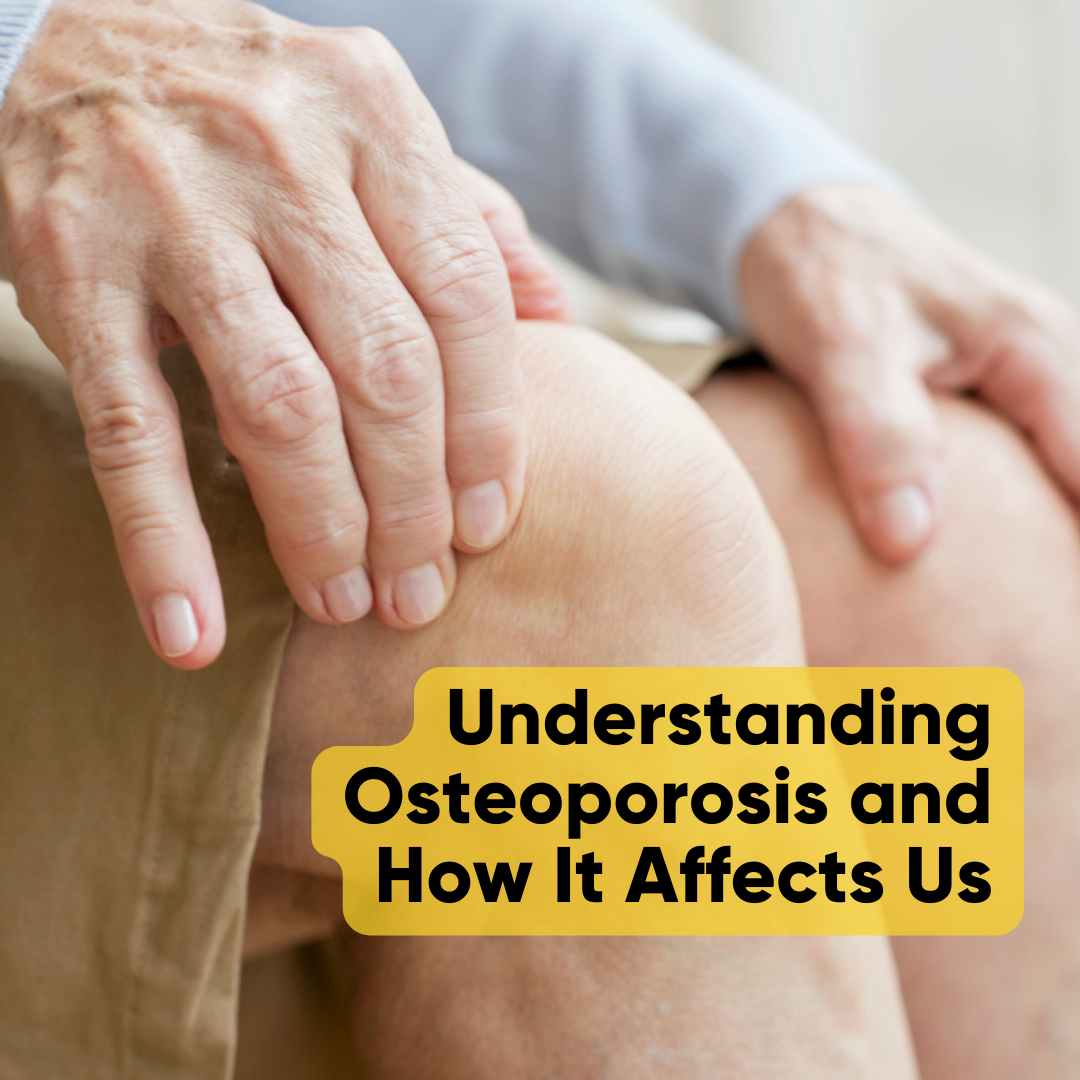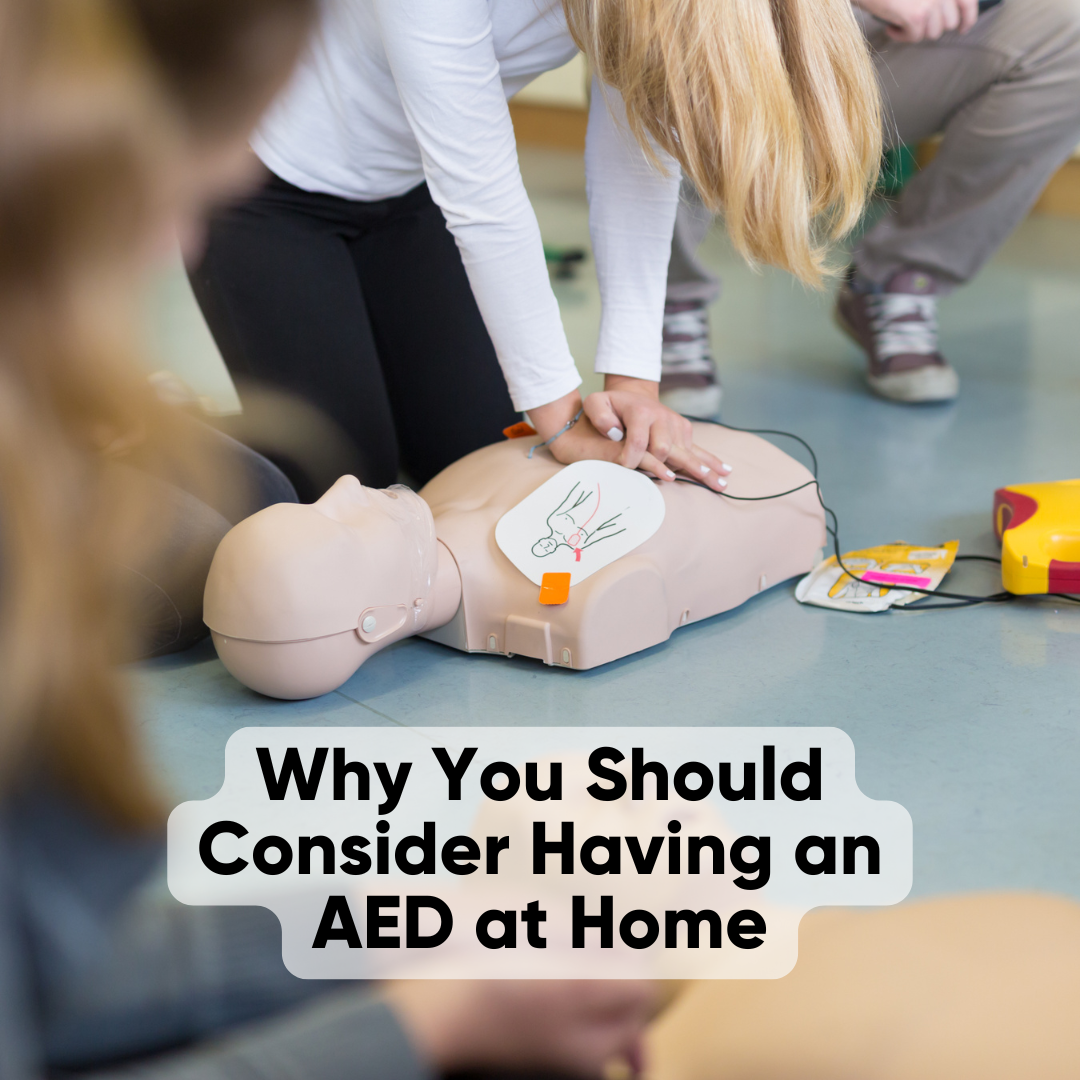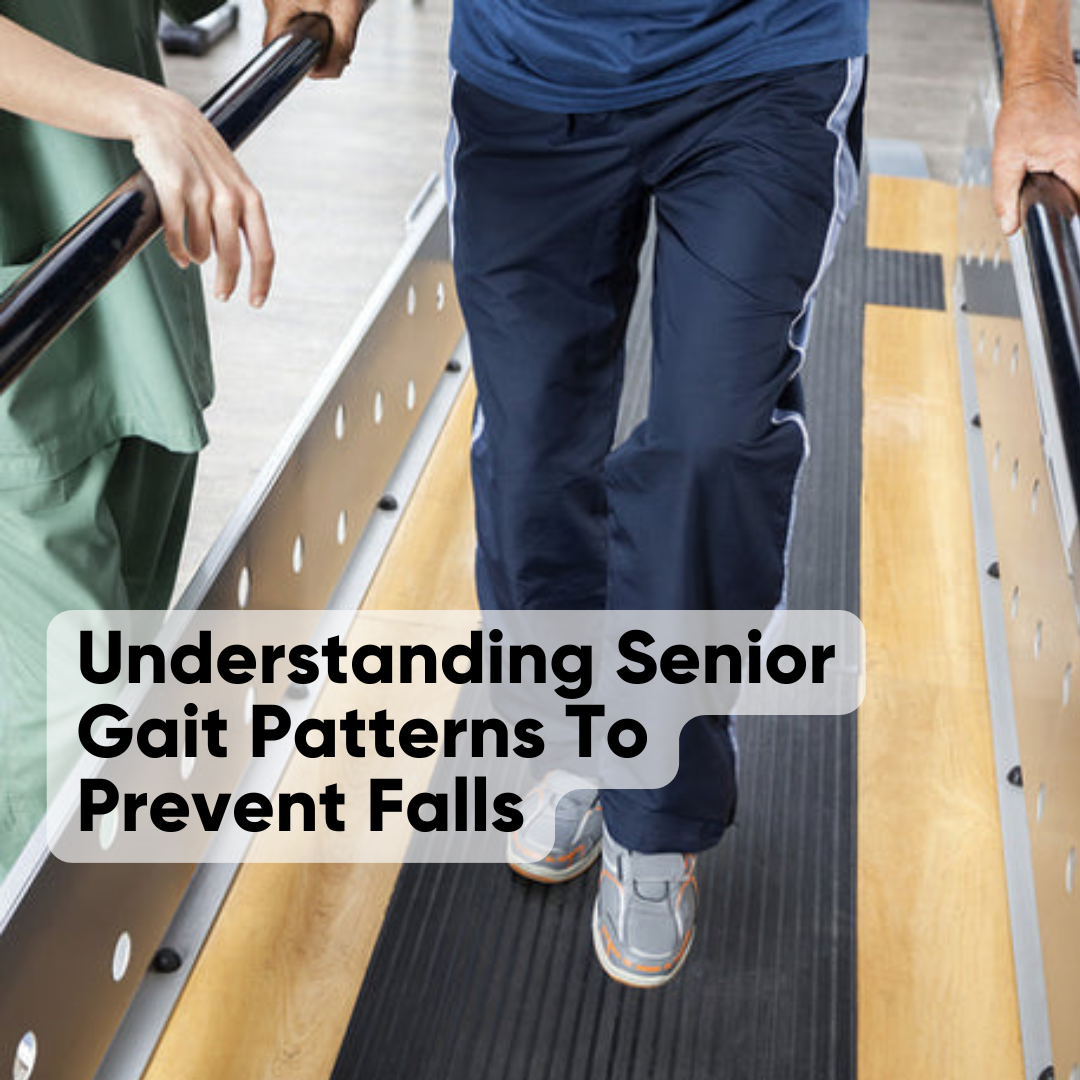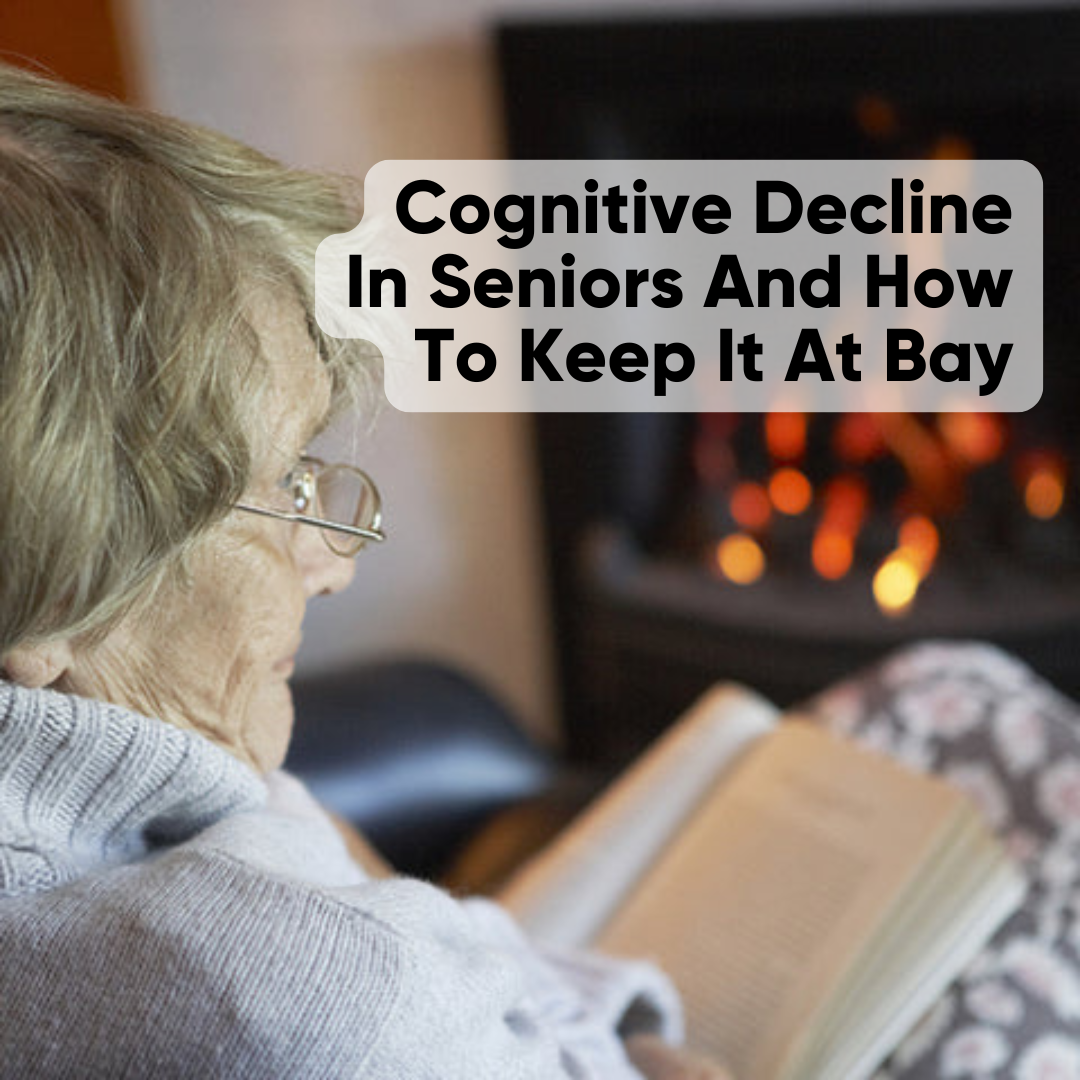Free SG local shipping for orders over $150. Express shipping options also available.
Menu
-
- Bestsellers
-
Mobility
-
Bathroom
-
Bedroom
-
Daily Living
-
About Us
-
- +65-8657-1657
- Contact Us
- Testimonials
- Product Reviews
- FAQs
- Login

Free SG local shipping for orders over $150. Express shipping options also available.
Add description, images, menus and links to your mega menu
A column with no settings can be used as a spacer
Link to your collections, sales and even external links
Add up to five columns
Add description, images, menus and links to your mega menu
A column with no settings can be used as a spacer
Link to your collections, sales and even external links
Add up to five columns
Understanding Osteoporosis and How It Affects Us
January 22, 2021 3 min read

Osteoporosis is a chronic disease that weakens bones, making it thinner, more brittle and more likely to break even with minimal trauma. People with Osteoporosis are more susceptible to fractures from falls hence it is important to eliminate risks where possible.
Signs of Osteoporosis
During early stages of Osteoporosis, there are no obvious signs and symptoms. This is why it's also known as a 'Silent Disease'. It is usually rare that people detect their Osteoporosis in its early stage.
In the later stages, one will experience back pain, loss of height over time, low trauma fracture will incur at the wrist, spine, hip or other major bones. Loss of height can be due to the development of a stooped posture, which may eventually lead to difficulty in eating or breathing. All these will also eventually cause loss of mobility and independence in an older person's life.
Bone Mass

Bone mass and size grows steadily for both males and females. By about 50 years old, an accelerated loss begins for females with onset of menopause as compared to the gradual loss in males.
It is important for us to maximise bone growth and strength when we are younger. An estimated 10% increase of peak bone mass in children can reduce the risk of an osteoporotic fracture during adult life by up to 50%! As we get to middle age, we should be preventing premature bone loss and when we're older adults we should prevent falls and minimise bone loss.
Causes
Lack of calcium: Osteoporosis is caused by bone loss as a result of lack of adequate calcium intake. When blood and tissue calcium levels are too low, the body uses calcium from the bones instead, causing the bones to weaken and become more brittle.
Lack of exercise: Like our muscles, our bones need us to remain active to develop. Leading a sedentary lifestyle causes our bones to weaken and lead to osteoporosis.
Detection & Diagnosis
- Self-assessment
- Tested at the Doctors'
Risk Factors
Some risk factors are unchangeable:
- Your sex - Women much more likely to develop osteoporosis than men
- Your age - the older you get, the higher the risk
- Your race - you're at greater risk if you're white or of Asian descent
- Family history - you're more at risk if you have parents or siblings have osteoporosis
- Body frame size - smaller body frames means there's less bone mass to draw from as they age
While other risk factors are changeable, which means we do have control over them:
- Hormone levels - lowered sex hormones and too much thyroid hormones can lead to increased risk
- Dietary factors - low calcium intake or eating disorders can cause weakening of bones
- Physical activity - sedentary lifestyle increases risk
- Lifestyle choices - high frequency of alcohol intake and smoking increases risk
Tips for Leading a Bone-Healthy Lifestyle
- Exercise
- 30 mins of moderate physical activity 5 days a week
- Incorporate weight-bearing, resistance, and muscle strengthening exercises
- Check out our Exercise Range >>
- Spend time outdoors
- Vitamin D from the sun helps your body absorb calcium from the food you eat which helps to build stronger bones
- Diet
- Maintain a calcium-rich and protein-rich diet
- Ensure an adequate daily intake of foods such as milk, dairy products, dark leafy vegetables, calcium-fortified snacks, eggs, and fish.
- Drink alcoholic beverages in moderation
- Avoid smoking
- Check for Osteoporosis risk factors regularly
Importance of Fall Prevention
People with Osteoporosis are more susceptible to fractures from falls hence it is important to eliminate risks where possible. Take steps to modify your home to make it a safer space that is free of falls. Grab bars, non-slip flooring, good lighting and appropriate walking aids are all excellent ways to ensure stability at home and even outdoors.
Conclusion
When it comes to helping our elderly loved ones live more independent and healthy lives, the best thing we can do is to provide them with the right elderly equipment so that they feel comfortable and safe. At The Golden Concepts, we are committed to improving the quality of life of elderly persons and our products are designed to address a wide range of diverse needs. If you need help finding a wheelchair with detachable arms, geriatric chair for elderly, or any other eldercare equipment, contact us today.
Leave a comment
Comments will be approved before showing up.
Also in Health

Why You Should Consider Having an AED at Home
March 11, 2025 2 min read
Sudden cardiac arrest (SCA) is a leading cause of death worldwide, often striking without warning. While waiting for emergency responders, every second counts, and having an Automated External Defibrillator (AED) at home could mean the difference between life and death.

